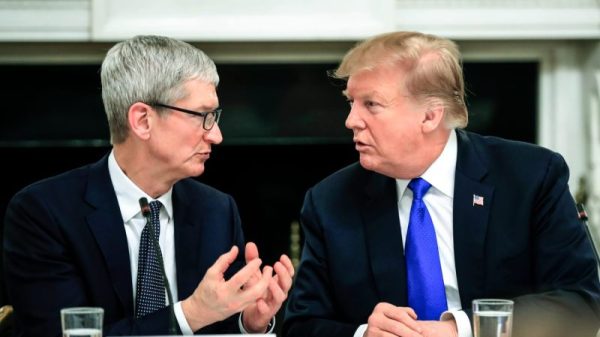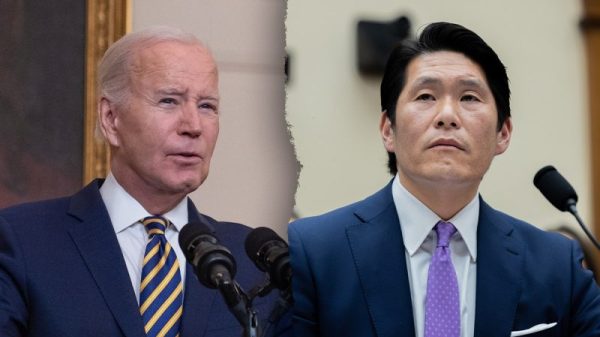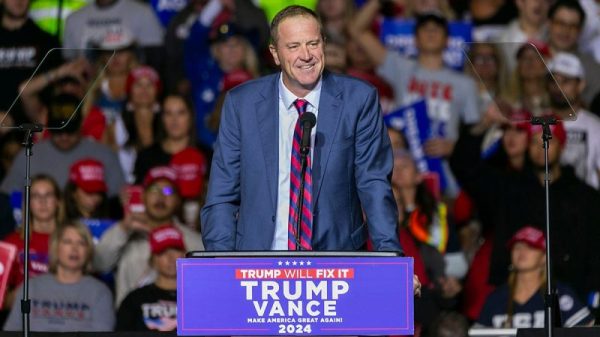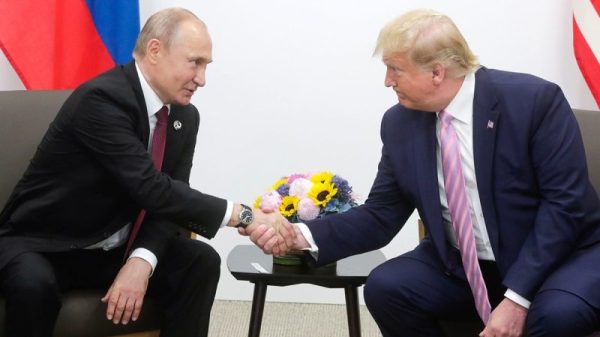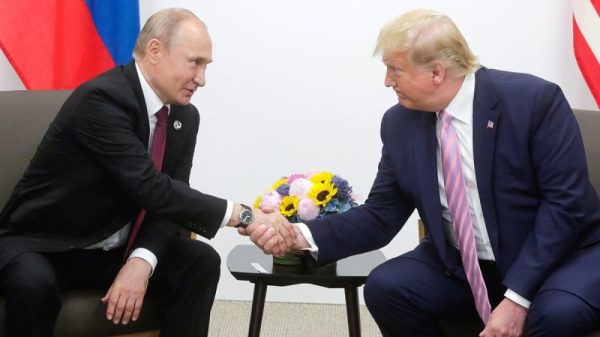The 2020 election cycle has seen unprecedented challenges due to the COVID-19 pandemic, leading to a shift in campaign strategies. The Trump campaign appears to be taking advantage of newly loosened rules by ramping up its ground game efforts. By mobilizing more field staff and volunteers in key battleground states, the campaign aims to compensate for the limitations imposed by the pandemic.
One of the key changes in the Trump campaign’s ground game strategy is the increased focus on door-to-door canvassing. In the past, this method was a staple of political campaigns, but the pandemic forced a shift to virtual campaigning. With restrictions easing, the Trump team sees an opportunity to reengage with voters directly at their doorsteps. This personal approach can be highly effective in persuading undecided voters and mobilizing supporters to turn out on Election Day.
Additionally, the Trump campaign is leveraging digital tools to enhance its ground game efforts. By using data analytics and targeted advertising, the campaign can identify and reach out to specific voter groups with tailored messages. This micro-targeting strategy allows the campaign to maximize its resources by focusing on persuadable voters and ensuring a high return on investment.
Another key aspect of the Trump campaign’s ground game is its focus on building a robust volunteer network. Volunteers play a crucial role in political campaigns, as they can help with various tasks such as voter outreach, phone banking, and door knocking. By recruiting and training volunteers across the country, the Trump campaign is able to amplify its message and reach a broader audience.
Furthermore, the Trump campaign is taking advantage of the enthusiasm and energy of its supporters to drive its ground game efforts. By organizing rallies, events, and community engagement activities, the campaign is able to mobilize its base and create a sense of momentum leading up to the election. This grassroots approach can be highly effective in generating enthusiasm and driving voter turnout.
Overall, the Trump campaign’s focus on revitalizing its ground game strategy in the final stretch of the election reflects a calculated gamble to capitalize on loosened rules and changing circumstances. By combining traditional grassroots tactics with modern digital tools, the campaign aims to maximize its voter outreach and secure a victory in November. As the election day approaches, the success of this ground game strategy will be scrutinized closely as both campaigns vie for the support of the American electorate.









